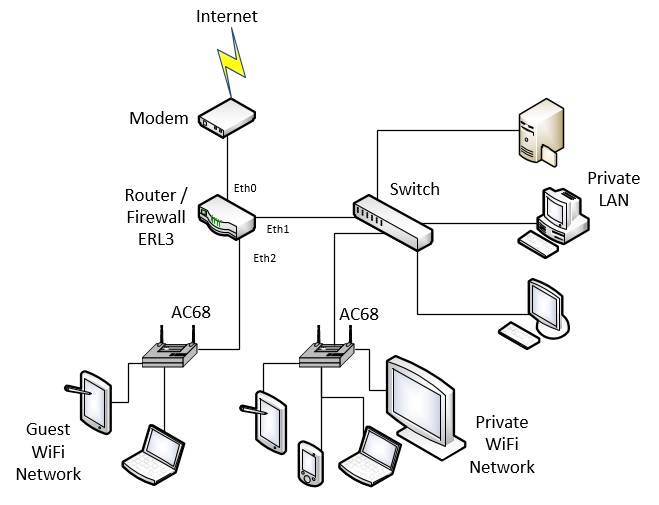Dorian Chamorro
Occasional Visitor
I have been experiencing alot of lag and packet loss ,which after some research i diagnosed as being caused by excessive bufferbloat. I ended up downloading asuswrt Merlin. And using fq_codel.
It significantly reduced my bufferbloat from a D rating to a B. And helped with packet loss.
But has not fully solved the issue .
I have tried adaptive qos which gives me the highest bandwidth throughput
But still get some high bufferbloat.
And i have tried bandwidth limiter which gives me the best results most of the time but it halfs my total speed no matter what i set the limit to .
I have seen in other posts that people say to change their CC /congestion control.
But i have no such setting or its named something else and i don't realize it.
I have the ASUS RT-AC88U .
My question is ,is there anything i can do with the TCP/udp or other settings to fix this issue.
Or should i upgrade to a newer router
And which one . I am looking at the asus gt-ax11000 / the tp link ax11000 or nighthawk ax 11000. But im not sure which one if any will improve bufferbloat performanc.
I know they are all good wifi routers im not concerned with that . I want to know which one will preform best with a hardline link and give me the best and most consistent gaming experience.
Thank you in advance for any suggestions/assistance.
It significantly reduced my bufferbloat from a D rating to a B. And helped with packet loss.
But has not fully solved the issue .
I have tried adaptive qos which gives me the highest bandwidth throughput
But still get some high bufferbloat.
And i have tried bandwidth limiter which gives me the best results most of the time but it halfs my total speed no matter what i set the limit to .
I have seen in other posts that people say to change their CC /congestion control.
But i have no such setting or its named something else and i don't realize it.
I have the ASUS RT-AC88U .
My question is ,is there anything i can do with the TCP/udp or other settings to fix this issue.
Or should i upgrade to a newer router
And which one . I am looking at the asus gt-ax11000 / the tp link ax11000 or nighthawk ax 11000. But im not sure which one if any will improve bufferbloat performanc.
I know they are all good wifi routers im not concerned with that . I want to know which one will preform best with a hardline link and give me the best and most consistent gaming experience.
Thank you in advance for any suggestions/assistance.


